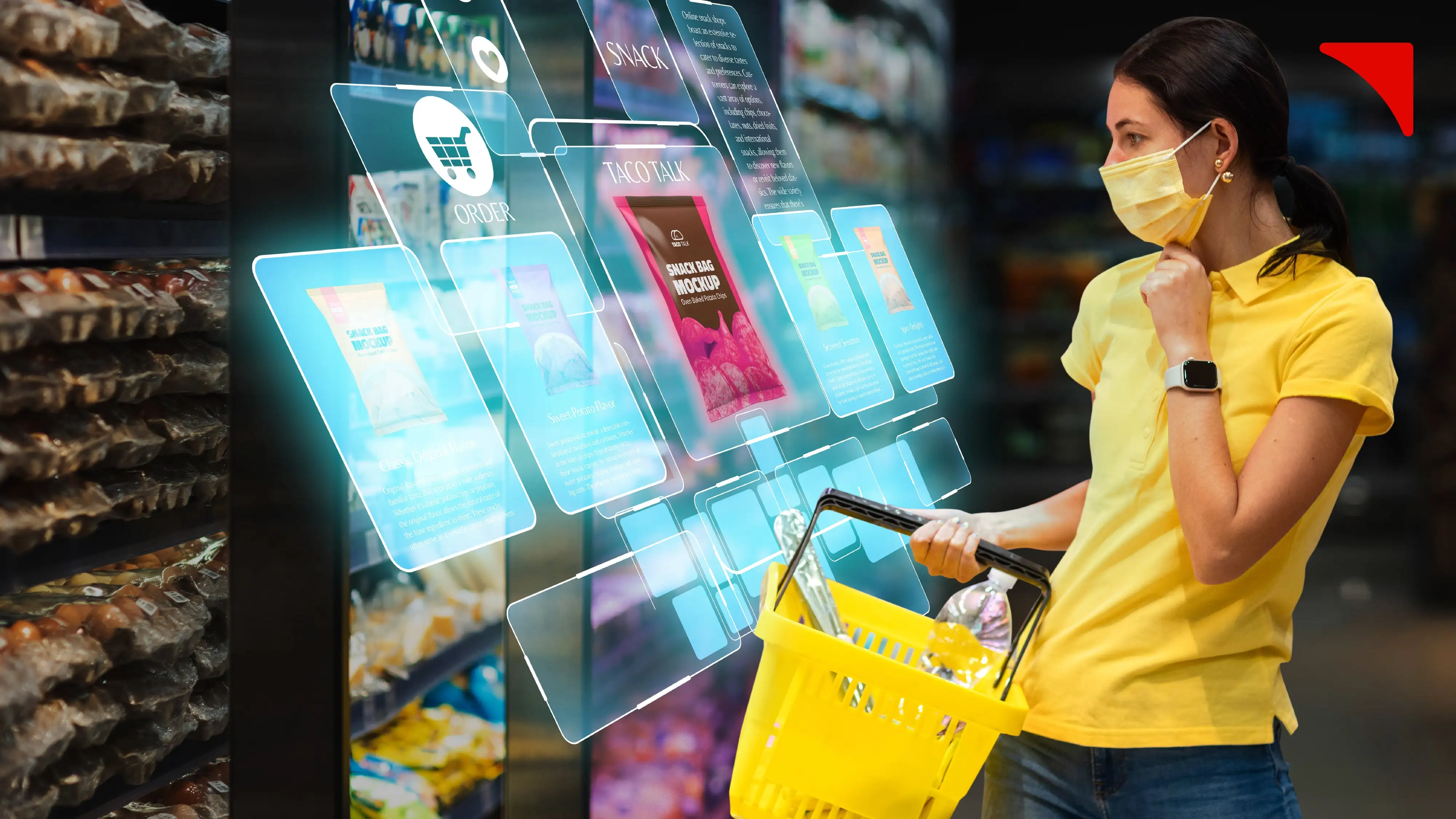UNITING ‘CLICKS-TO-ORDER’ TO ‘BRICK-AND-MORTAR’ TO CREATE A COMPREHENSIVE OMNI-CHANNEL RETAIL EXPERIENCE

The only constant is change, and this is true in retail.
It would be fair to akin rivers to retail. Thousands of little unnamed brooks and rivulets take their own path, channelling through the rocky greens. They eventually meet somewhere downstream and grow in size and significance. All those streams, called ‘tributaries’, tribute themselves to a cause and create something that’s bigger than its parts.
Only when they meet, get big and be of any significance, is when we give them a name. Ganga. Nile. Amazon.
The way a river has evolved from multiple ‘single’ sources (multiple static experiences) to something dynamic and interconnected, a retail store has grown more than its individual parts by seamlessly blending in in-store and digital touchpoints.
These interconnected individual elements, or omni-channel contributaries, are what joins disparate customer interaction into one, seamless online & in-store experience. Omni-channel tactics enable the business to consolidate all retail touchpoints and further enhance both their brand identity and customer experience.
The change in shopper behaviour

Consumer habits have undergone a paradigm shift in the past decade, which was further exacerbated during and after COVID-19. The consumer of today switches between platforms - starting their shopping journey online, making their interactions with the brand via their social media, and completing the purchase in-store.
As an increasing number of people, who’ve grown with the internet, are coming of age, brands are under immense pressure to cater to these ‘Digital Natives’, and this is exactly where an omni-channel strategy swoops in by effectively catering to the intricate multi-touchpoint interaction of shoppers.
Key components of an Omni-Channel Strategy

However, the illusion breaks as soon as the seam between the touchpoints becomes visible. We have identified a few critical components that elevate such a strategy, with a deeper dive into the sophistication today’s retailer leaders expect.
1.) Unified channel integration
The uber-competitive environment of today demands that every single touchpoint - online, in store, mobile app, social media, etc. must essentially function as different fingers of the same hand, integrating as part of a single ecosystem.
The advantage of a truly unified approach comes in two parts. Advantage number one states, ‘consistency is key’. Having a unified approach encompassing all touchpoints ensures a consistent experience, irrespective of where the customer engages. Advantages number two states ‘personalization is power’. A unified approach across all channels enables the business to keep a database for every single customer which gets updates on-the-go, tailoring customer’s interaction and providing more meaningful engagements.
2.) Real-time data synchoronization
Data fluidity is more than ‘just’ a buzzword. Real-time data upload and sync not only ensures a consistent experience across the board, as mentioned above, but also enables businesses to hop on the most popular tech trend there is - Artificial Intelligence.
Through AI, businesses unlock predictive analytics that helps them forecast trends, personalize recommendations, and anticipate customer needs. This is the intelligence layer that enables dynamic decision-making and operational agility, keeping your business one step ahead of your customer’s needs.
3.) Holistic inventory transparency
With the advent of work-from-home into popular culture, the convenience of having all the information in the world in, literally, the palm of the hand is unmatched. Instead of considering it as a challenge to the status-quo of retail stores, retail businesses should embrace the new normal.
Customers expect a single view into product availability, aka ‘check-on-app-and-buy-in-store’. However, the visibility into inventory needs to be more dynamic, providing not only availability but alternatives, personalized restock notifications, digitized navigational signages screening inventory refresh, and the ability to select between delivery and pickup.
4.) Omni-channel customer support
Customer support has never been easier, but finding good customer support is still as elusive as the snow leopard out in the wild. Therefore, support needs to be extended at all touchpoints while also ensuring contextual continuity. Be it through a chatbot, telephone, or physically in-store, the experience should be no different.